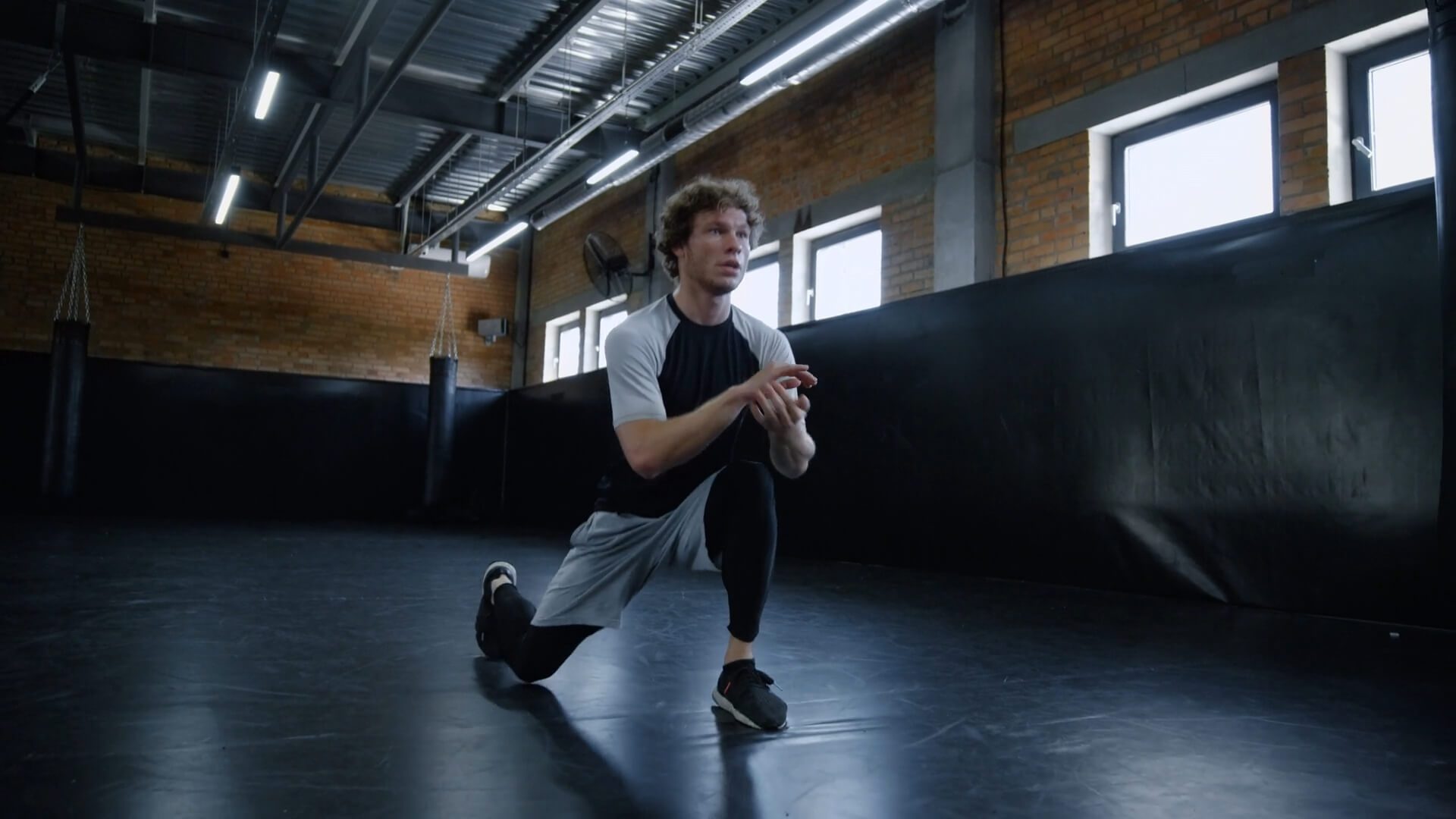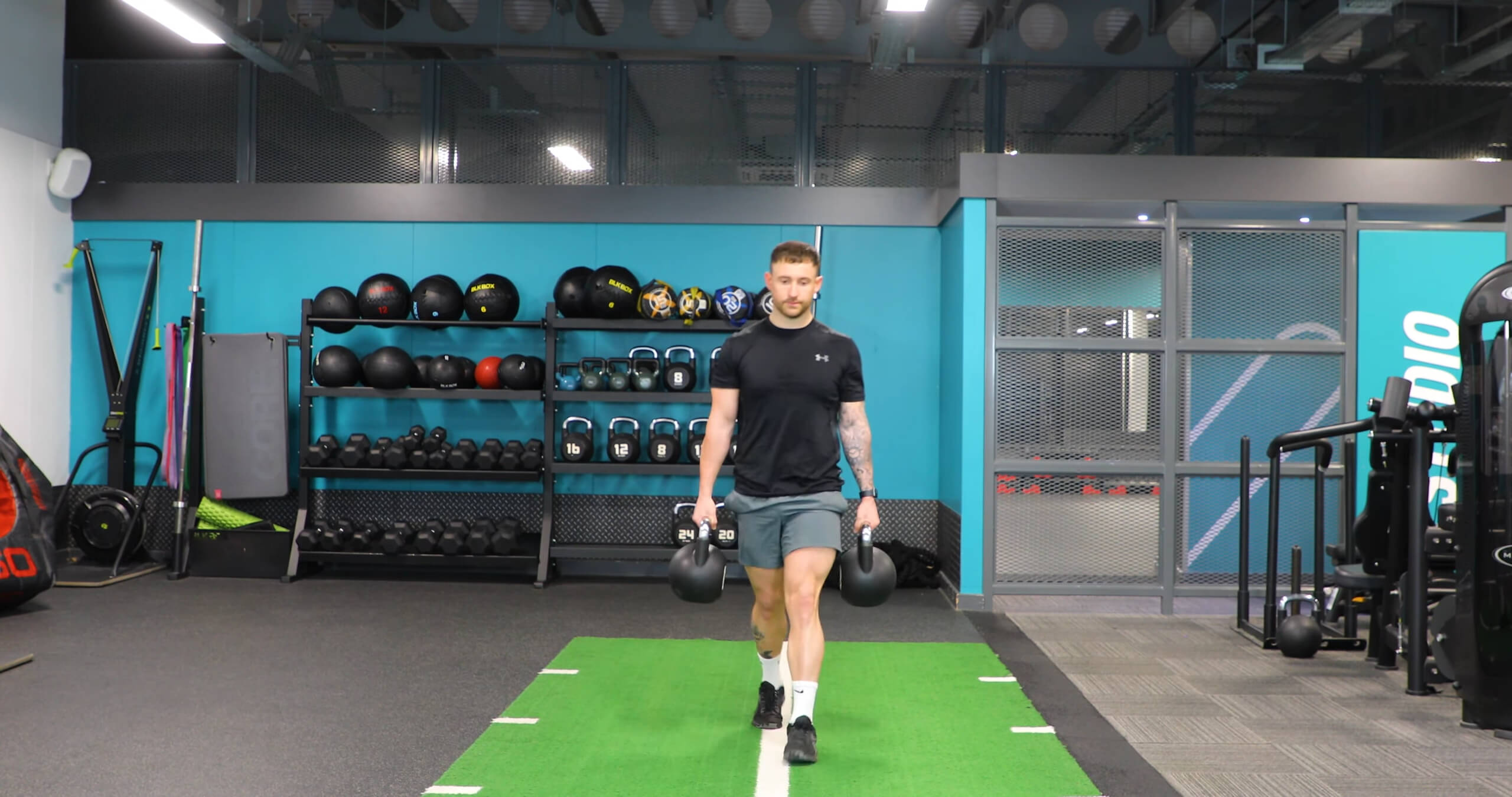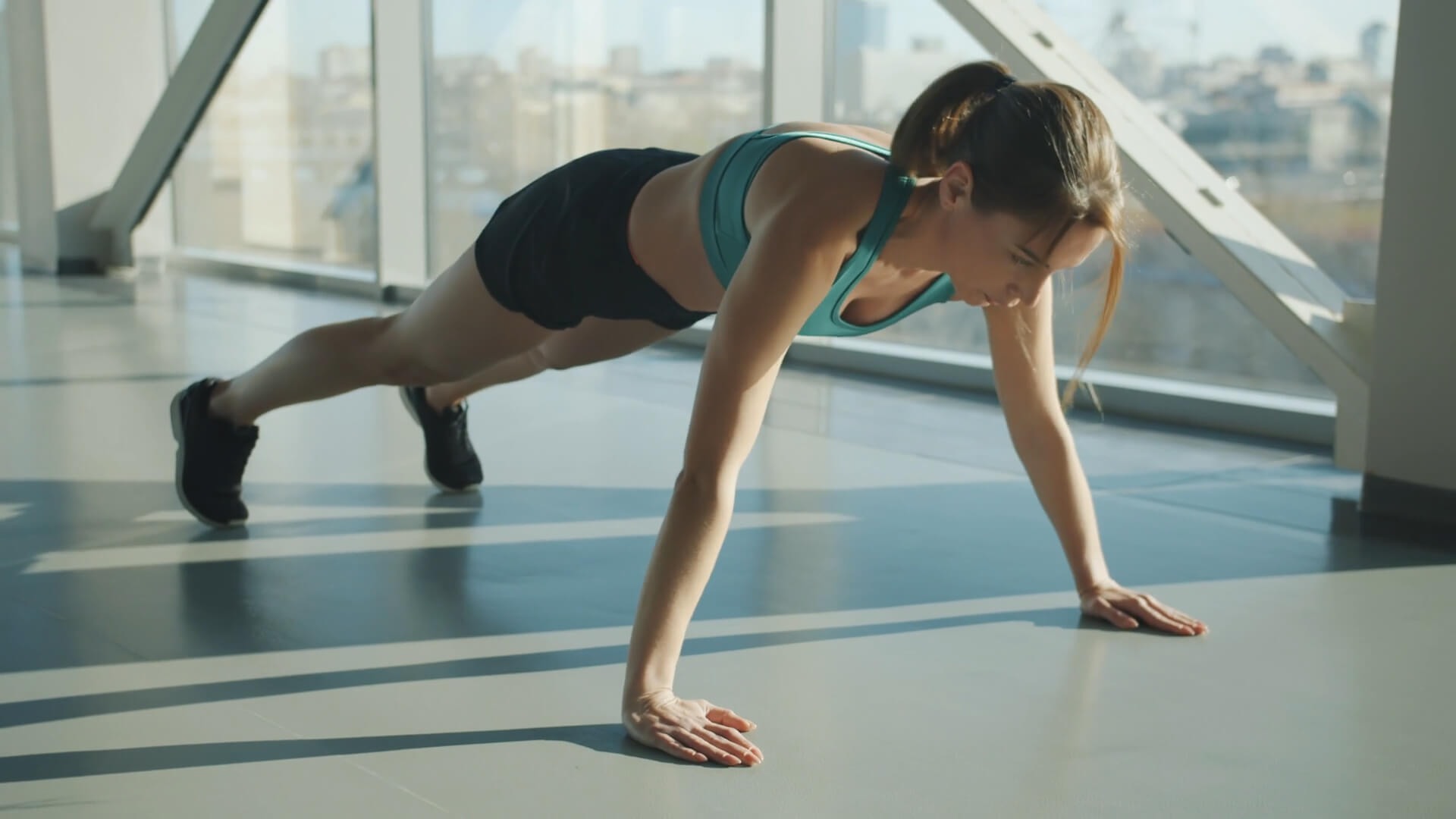
Share Post:
If you’re putting in the effort at the gym but still find daily tasks challenging, functional strength training might be the solution you need. This type of training focuses on making everyday movements easier, whether it’s lifting, carrying, or even just moving around. It’s designed to help you get stronger in ways that matter in your day-to-day life.
If you want fitness that works outside the gym, functional strength training is the way to go.
Key Takeaways
- Functional strength training improves everyday tasks by focusing on movements that build real-world strength and mobility.
- This type of training reduces the risk of injury by enhancing joint stability, balance, and overall movement efficiency.
- Functional exercises like squats, lunges, and push-ups require minimal equipment and can easily fit into any fitness routine.
Key Benefits of Functional Strength Training
Functional strength training offers a range of benefits that go beyond just building muscle. This type of training focuses on enhancing your body’s ability to perform everyday tasks more efficiently.
1. Improved Movement Patterns

Functional strength training helps improve your body’s natural movement patterns. By focusing on exercises that mimic real-life activities, such as squats and lunges, you train your muscles to work together in a coordinated way.
This leads to more efficient and effective movement in daily tasks, like lifting, bending, and carrying objects.
2. Enhanced Core Strength and Stability
A strong core is essential for stability and balance in all types of movements. Functional exercises engage your core muscles, including your abs, lower back, and hips, which are crucial for maintaining good posture and preventing injuries.
Strengthening your core through functional training can also reduce lower back pain and improve your overall mobility.
3. Increased Balance and Coordination
Functional strength training often involves dynamic movements that require balance and coordination. These exercises help improve your body’s ability to stay balanced during activities like walking, running, or even standing still.
Better balance and coordination reduce the risk of falls and other injuries, making you more confident in your movements.
4. Better Flexibility and Range of Motion

Incorporating functional exercises into your routine can improve your flexibility and range of motion. By working through different planes of movement and using a variety of exercises, you can increase the flexibility of your joints and muscles.
This leads to a greater range of motion, making it easier to move freely and comfortably in your daily life.
5. Long-Term Health Benefits
Regular functional strength training supports long-term health by promoting muscle retention, bone density, and cardiovascular health.
As you age, maintaining muscle mass and bone strength becomes increasingly important to prevent injuries and maintain a high quality of life. Functional training addresses these needs, helping you stay strong and active as you get older.
How Functional Strength Training Improves Daily Life?
Functional strength training is all about making your daily life easier by focusing on movements that you regularly perform. This type of training enhances your ability to handle everyday tasks, reducing strain and improving overall efficiency.
1. Easier Lifting and Carrying

Everyday activities like lifting heavy grocery bags, moving furniture, or carrying your children become more manageable when you incorporate functional strength training into your routine.
Exercises like deadlifts and farmers walks build the strength and coordination needed for these tasks, making them feel less taxing and more natural.
2. Improved Mobility and Flexibility
Functional exercises often involve movements that stretch and strengthen your muscles, improving your flexibility and range of motion. This makes it easier to bend, reach, and move around in your daily life.
Simple tasks like tying your shoes or reaching for items on a high shelf become more effortless as your flexibility and mobility improve.
3. Better Posture and Alignment

Many people struggle with poor posture, especially if they spend a lot of time sitting. Functional strength training targets the muscles that support your spine and helps correct imbalances that lead to poor posture.
As your posture improves, you’ll notice that standing, sitting, and walking feel more comfortable and natural.
4. Enhanced Balance and Stability
Functional strength training often includes exercises that challenge your balance and stability, which are crucial for preventing falls and injuries.
By strengthening the muscles that help you stay balanced, you’ll find that activities like walking on uneven surfaces, climbing stairs, or even standing for long periods become easier and safer.
5. Reduced Risk of Injury
One of the key benefits of functional strength training is its focus on building strength in a way that protects your body from injury.
By improving your movement patterns and strengthening your joints, you reduce the risk of strains, sprains, and other injuries that can occur during daily activities.
Essential Exercises for Functional Strength Training
Functional strength training revolves around exercises that mirror everyday movements, helping you build strength and mobility in a practical, effective way. These exercises engage multiple muscle groups, improving your overall functionality and making daily tasks easier.
1. Squats

Squats are one of the most fundamental exercises in functional strength training. They target the muscles in your lower body, including the quadriceps, hamstrings, and glutes, while also engaging your core for stability.
The movement of squatting mimics actions like sitting down and standing up, making it highly relevant to daily life. Practicing squats can improve your ability to perform these movements with ease and reduce the risk of injury.
2. Lunges

Lunges are another essential functional exercise that works the lower body muscles, particularly the quads, hamstrings, and glutes. They also improve balance and coordination.
This exercise mimics actions like climbing stairs or stepping forward to pick something up, making it highly applicable to real-life situations.
Incorporating lunges into your routine can enhance your strength and stability, making daily movements smoother and more controlled.
3. Push-Ups

Push-ups are a versatile upper-body exercise that strengthens the chest, shoulders, triceps, and core.
This exercise is particularly functional because it mimics the pushing movements you perform in everyday tasks, such as pushing open a door or lifting objects overhead.
By regularly practicing push-ups, you can improve your upper body strength and make these daily tasks easier.
4. Deadlifts

Deadlifts are one of the most effective exercises for building overall strength. They target the posterior chain, including the hamstrings, glutes, and lower back, while also engaging the core and upper body.
The movement of lifting a weight from the ground in a deadlift is similar to actions like picking up heavy objects, making it a highly functional exercise.
Deadlifts can help you build the strength needed to perform such tasks safely and efficiently.
5. Planks

Planks are an excellent exercise for building core stability. This isometric exercise engages the entire core, including the abdominals, obliques, and lower back, helping to improve posture and prevent back pain.
A strong core is crucial for almost every movement you perform, from bending and lifting to standing and sitting.
Regularly practicing planks can enhance your core strength, making daily activities easier and reducing the risk of injury.
6. Farmers Walk

The farmers walk is a simple yet powerful exercise that involves walking while holding weights in each hand.
This exercise strengthens the grip, forearms, shoulders, and core, while also improving overall stability and endurance.
The farmers walk mimics the action of carrying heavy objects, such as grocery bags, making it highly functional. Incorporating this exercise into your routine can make such tasks easier and more manageable.
How to Add Functional Strength Training into Your Routine
Adding functional strength training to your fitness routine is straightforward, and it can be tailored to fit your specific needs and goals.
1. Start with the Basics

If you’re new to functional strength training, begin with basic exercises that target key movement patterns. Focus on exercises like squats, lunges, push-ups, and planks. These foundational movements are easy to learn and provide a solid base for building strength and stability.
2. Integrate Functional Movements into Your Workouts
Incorporate functional exercises into your existing workouts by adding them to your warm-up, main workout, or cool-down. For example, you can start with a set of squats and lunges to warm up your lower body, then move into more specific exercises like deadlifts or farmers walks during the main workout.
3. Use Minimal Equipment
One of the benefits of functional strength training is that it doesn’t require a lot of equipment. Many exercises, such as bodyweight squats, push-ups, and planks, can be done without any equipment at all.
As you progress, you can incorporate simple tools like dumbbells, resistance bands, or kettlebells to increase the intensity and variety of your workouts.
4. Focus on Movement Quality
Quality is more important than quantity when it comes to functional strength training. Pay close attention to your form and technique to ensure that you’re performing each movement correctly. This not only maximizes the effectiveness of your workout but also reduces the risk of injury.
Consider working with a trainer or following instructional videos if you’re unsure about your form.
5. Progress Gradually
As with any exercise routine, it’s important to progress gradually. Start with a manageable number of sets and repetitions, and gradually increase the intensity, volume, or complexity of the exercises as you become stronger. This approach helps prevent burnout and allows your body to adapt to the increased demands of functional training.
6. Include Functional Training in Your Weekly Schedule
For best results, incorporate functional strength training into your fitness routine at least two to three times a week. You can dedicate entire sessions to functional training or integrate these exercises into your existing workouts.
7. Adjust Based on Your Goals
Your approach to functional strength training should align with your personal fitness goals. If you’re aiming to improve overall fitness, a balanced mix of functional exercises will work well. If you have specific goals, like improving athletic performance or addressing a particular weakness, tailor your routine to focus on the movements that will help you achieve those objectives.
Common Mistakes to Avoid
When you’re getting into functional strength training, it’s easy to make a few mistakes that can slow down your progress or even get you hurt.
1. Messing Up Your Form

One of the biggest mistakes is not paying attention to your form. If your technique is off, you won’t get the most out of your workout, and you could hurt yourself. Think about how you squat or lift—your knees should be in line, and your back should stay straight. Focus on getting the movement right, even if it means using lighter weights at first.
2. Forgetting to Engage Your Core
Your core is key in almost every exercise you do. If you don’t engage it, you’re setting yourself up for bad posture and a weaker workout. So, whenever you’re squatting, lunging, or doing push-ups, tighten that core to keep everything stable and protect your back.
3. Too Much Isolation, Not Enough Function
While bicep curls and leg extensions have their place, functional training is about working your whole body together, like in real life. If you focus too much on just one muscle at a time, you miss out on the real benefits. Stick with exercises that get multiple muscle groups working together, like squats or deadlifts.
4. Skipping Warm-Ups and Cool-Downs
It might be tempting to jump right into your workout or skip the stretch at the end, but that’s a mistake. Warming up gets your muscles ready to work, and cooling down helps them recover. A few minutes of stretching or light cardio before and after your workout can keep you from getting hurt and help you bounce back faster.
5. Overdoing It
It’s easy to get carried away, especially when you’re pumped up about your progress. But pushing too hard without giving your body time to recover can lead to burnout or injuries. Make sure to rest between tough workouts and listen to your body—if you’re constantly sore or tired, it might be time to take a step back.
6. Not Personalizing Your Training
Everyone’s different, so your training should fit your needs. Don’t just follow a generic plan—think about what you want to achieve and adjust your workouts accordingly. If you’re not sure what’s best for you, consider getting advice from a trainer who can help you set up a plan that works for you.
7. Rushing Through Exercises
Slow and steady wins the race when it comes to functional training. If you’re rushing through your sets just to get them done, you’re probably not getting the full benefit, and you might even hurt yourself. Take your time, focus on each movement, and make sure you’re doing it right.
FAQs
What are the best functional strength training exercises for beginners?
Some of the best exercises for beginners include squats, lunges, push-ups, and planks. These exercises target multiple muscle groups and are relatively simple to learn, making them great for building a strong foundation in functional training.
Can functional strength training help with weight loss?
Yes, functional strength training can help with weight loss. By engaging multiple muscle groups and incorporating movements that increase your heart rate, this type of training can burn calories and build muscle, which in turn boosts your metabolism.
Do I need any special equipment for functional strength training?
You don’t need much special equipment to get started with functional strength training. Many exercises, like squats and push-ups, can be done with just your body weight. As you progress, you can add simple tools like dumbbells, kettlebells, or resistance bands to increase the intensity.
How long does it take to see results from functional strength training?
You might start noticing improvements in your strength, balance, and overall fitness within a few weeks of consistent training. However, more significant changes, like increased muscle mass or improved posture, typically take about 8 to 12 weeks of regular workouts.
Last Words
Functional strength training is about building real-world strength that makes your everyday life easier. It helps you move better, stay injury-free, and feel stronger.
Start with basic exercises, focus on your form, and keep at it. Over time, you’ll see how this type of training prepares your body for anything life throws at you.










